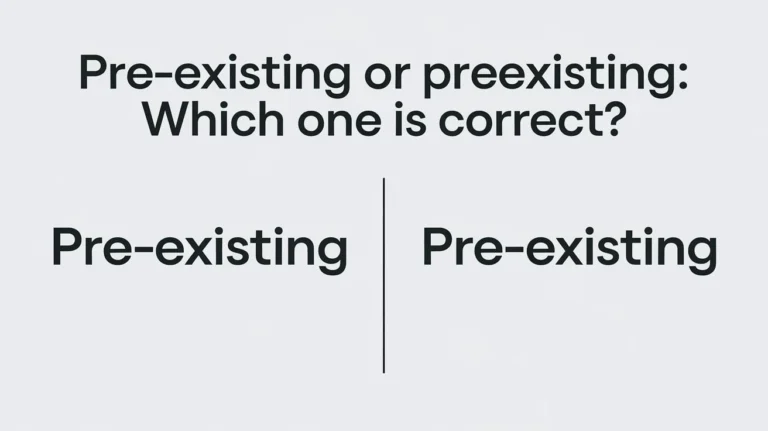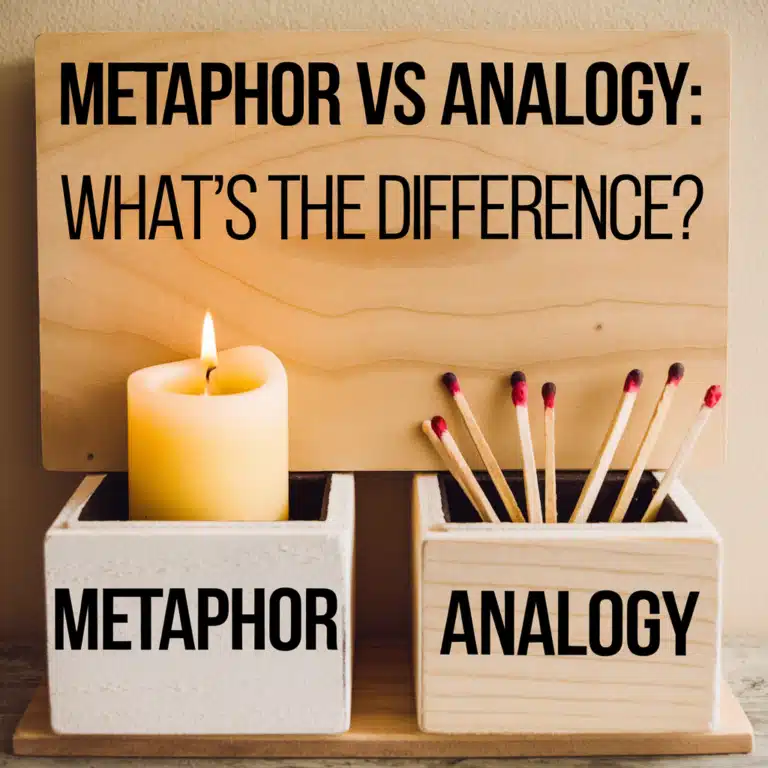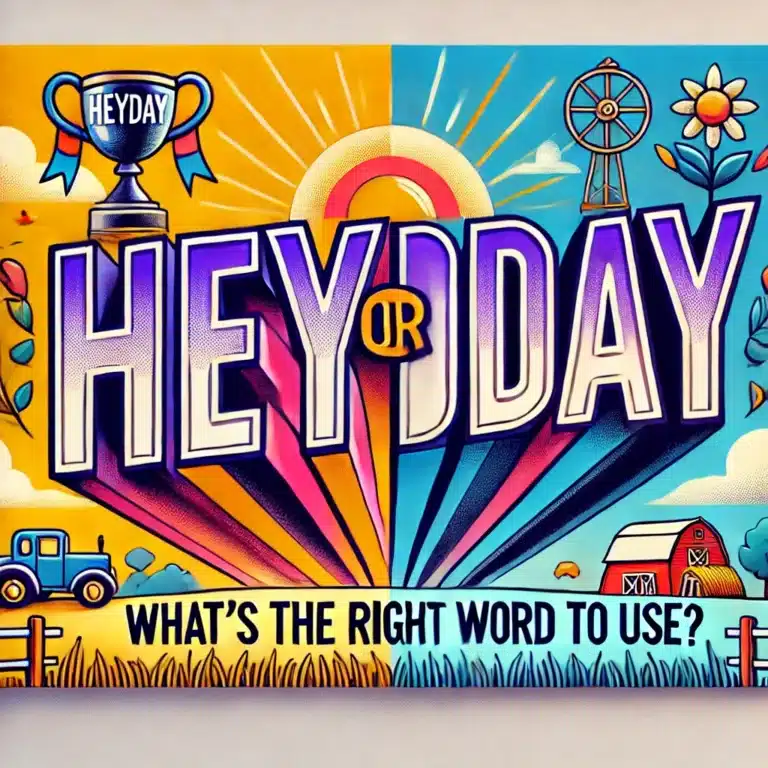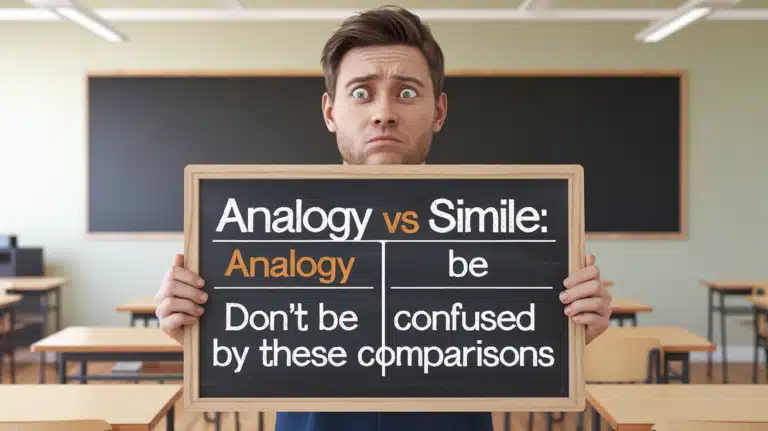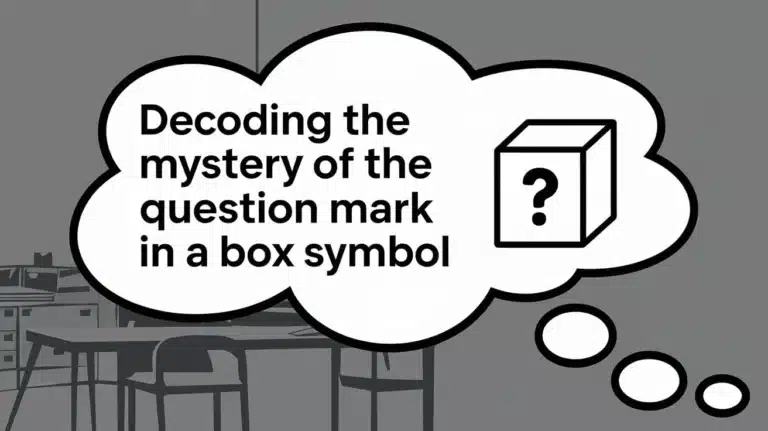Goodmorning or Good Morning: What’s the Difference?
Introduction Greeting people with a cheerful “Good Morning” is one of the most common ways to start a conversation, but some may mistakenly use “Goodmorning” instead. Is there a real difference between “Goodmorning” and “Good Morning,” and does it matter which form we use? In this guide, we’ll explore the distinctions, discuss the correct form,…



